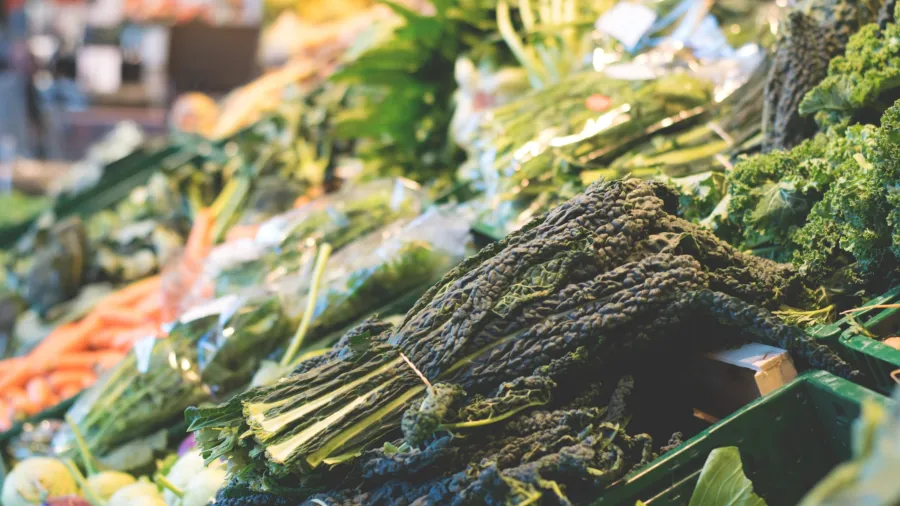
Shift to modern grocery consumption slows down
This trend, however, is not observed in Malaysia and Thailand.
Spending in modern grocery, including the online channel, slowed down in the fastest-growing markets as the growth of modern grocery networks “failed to keep pace” with other channels amidst the pandemic, resulting in a decline in market share.
In a report, McKinsey said consumers in India, Indonesia, the Philippines, and Vietnam still prefer traditional grocery due to convenience and proximity.
“The slowdown of modern grocery is due not only to shifting consumer preferences but also to limited store expansion by retailers trying to balance growth and profitability,” the report read.
“In these markets, the adoption of channels such as online remains low due to either limited digital penetration (in India, for example) or fewer players in the market (as is the case in Vietnam),” it added.
ALSO READ: China’s FMCG sector sees ‘soft recovery’: report
For example, in Urban India, traditional grocery dominated the fast-moving consumer goods sales for the year ending in March 2023, contributing 83% to the total sales, with modern grocery accounting only for 8%.
Traditional grocery also led in Rural Vietnam (82%), Indonesia (69%), Urban Vietnam (62%), and the Philippines (48%).
On the other hand, modern grocery dominates in Malaysia and Thailand, with the channel contributing 77% and 46%, respectively, to the total sales.
“This trend could be attributed at least partially to online shoppers returning to offline channels, whose distributed network of stores offers enough convenient options for shopping close to home,” it said.
McKinsey also added that other grocery channels such as direct or door-to-door are seeing sales growth in selected markets such as South Korea and Taiwan.

















 Advertise
Advertise





